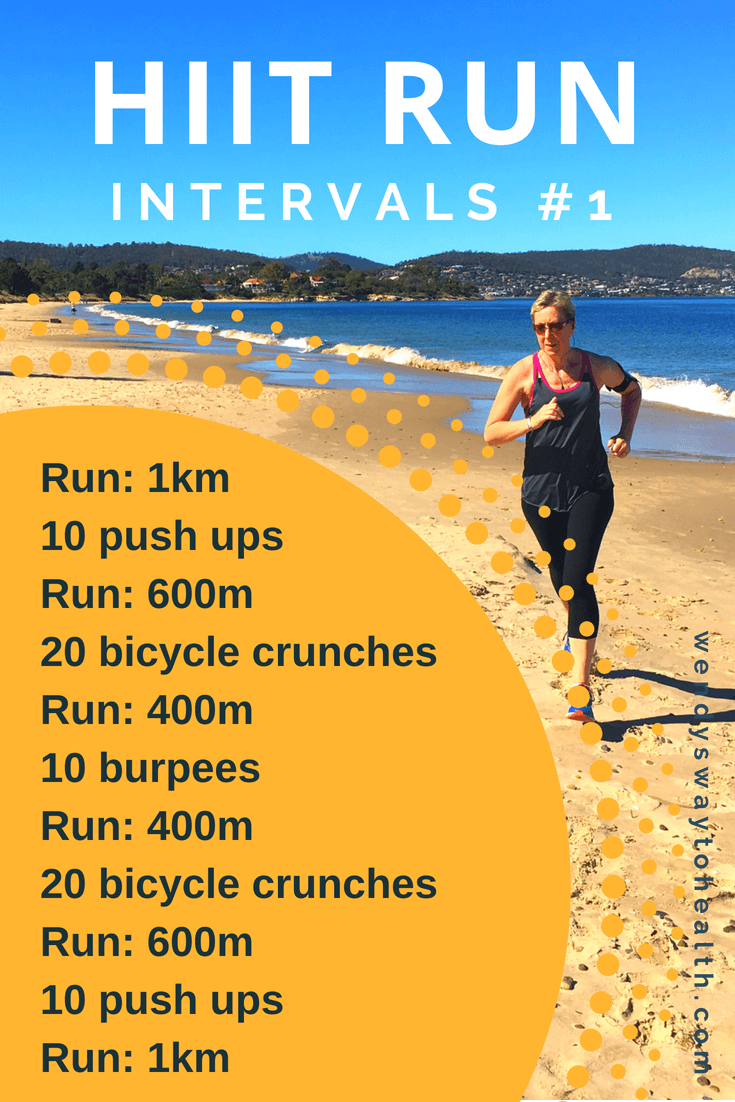Overhaul Your Running Strategy: Tips for Improved Performance
Overhaul Your Running Strategy: Tips for Improved Performance
Blog Article
Managing Typical Running Discomforts: Causes, Solutions, and Prevention
As runners, we frequently experience different discomforts that can hinder our performance and satisfaction of this exercise. From the debilitating pain of shin splints to the nagging IT band disorder, these typical operating discomforts can be irritating and demotivating. Comprehending the causes behind these conditions is critical in efficiently resolving them. By checking out the origin reasons for these running pains, we can reveal targeted services and precautionary procedures to make sure a smoother and extra meeting running experience (imp source).
Usual Running Discomfort: Shin Splints
Shin splints, a typical running pain, usually result from overuse or improper footwear during physical activity. The repeated stress on the shinbone and the cells affixing the muscular tissues to the bone leads to swelling and discomfort.
To stop shin splints, individuals must progressively enhance the strength of their workouts, put on appropriate shoes with correct arch support, and preserve adaptability and toughness in the muscles surrounding the shin (running workout). Furthermore, integrating low-impact activities like swimming or cycling can assist keep cardio fitness while allowing the shins to recover.
Typical Running Pain: IT Band Disorder
In enhancement to shin splints, another common running pain that professional athletes often run into is IT Band Disorder, a problem brought on by swelling of the iliotibial band that leaves the outer upper leg and knee. IT Band Syndrome commonly manifests as discomfort on the exterior of the knee, particularly during activities like running or biking. The iliotibial band is a thick band of fascia that connects the aware of the shin, and when it becomes inflamed or limited, it can massage versus the thigh bone, resulting in discomfort and pain.
Joggers experiencing IT Band Syndrome might observe a stinging or aching experience on the external knee, which can intensify with ongoing task. Aspects such as overuse, muscular tissue inequalities, inappropriate running type, or insufficient workout can add to the development of this condition. To stop and minimize IT Band Disorder, joggers must focus on stretching and strengthening workouts for the hips and thighs, proper shoes, progressive training progression, and resolving any type of biomechanical concerns that might be exacerbating the issue. Overlooking the symptoms of IT Band Disorder can lead to chronic problems and prolonged recuperation times, stressing the relevance of early treatment and appropriate management strategies.
Typical Running Pain: Plantar Fasciitis

Plantar Fasciitis can be credited to various elements such as overtraining, incorrect shoes, working on tough surface areas, or having high arcs or level feet. To avoid and alleviate Plantar Fasciitis, runners can incorporate stretching exercises for the calves and plantar fascia, wear supportive footwear, maintain a healthy weight to reduce strain on the feet, and gradually increase running intensity to avoid abrupt stress on the plantar fascia. If signs and symptoms linger, it is advised to get in touch with a medical care specialist for correct medical diagnosis and treatment choices to deal with the condition effectively.
Usual Running Discomfort: Runner's Knee
After attending to the challenges of Plantar Fasciitis, another widespread concern that runners usually deal with is Runner's Knee, an usual running pain that can prevent athletic efficiency and trigger discomfort throughout physical activity. Runner's Knee, additionally recognized as patellofemoral discomfort disorder, shows up as pain around or behind the kneecap. Joggers experiencing this discomfort might feel a boring, hurting discomfort while running, going up or down stairs, or after long term durations of sitting.
Common Running Discomfort: Achilles Tendonitis
Frequently affecting joggers, Achilles Tendonitis is an unpleasant condition that influences the Achilles ligament, causing pain and possible constraints in physical activity. The Achilles ligament is a thick band of why not try this out tissue that links the calf muscular tissues to the heel bone, essential for activities like running, jumping, and strolling - great tips. Achilles Tendonitis usually establishes as a result of overuse, improper footwear, poor extending, or sudden rises in exercise
Signs of Achilles Tendonitis consist of pain and rigidity along the tendon, especially in the morning or after durations of lack of exercise, swelling that aggravates with activity, and perhaps bone spurs in chronic cases. To protect against Achilles Tendonitis, it is important to extend correctly previously and after running, use proper shoes with correct support, slowly increase the intensity of workout, and cross-train to reduce recurring tension on the ligament.
Final Thought

Report this page